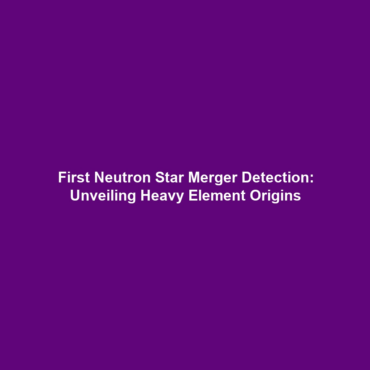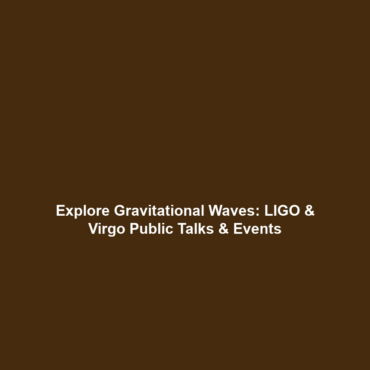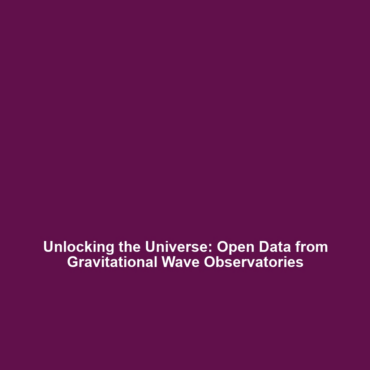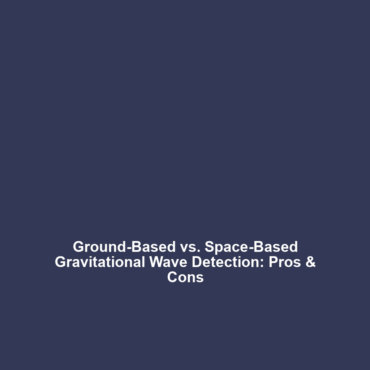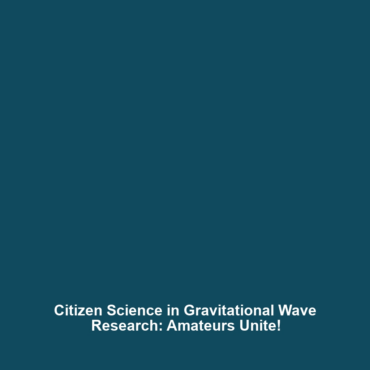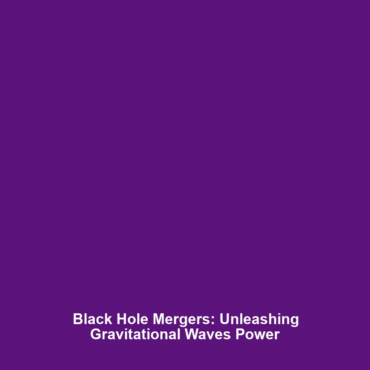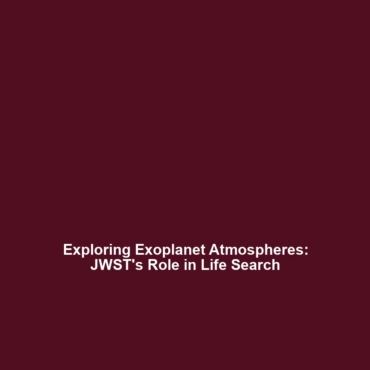The First Neutron Star Merger Detection and Its Significance for Understanding Heavy Elements
The groundbreaking detection of the first neutron star merger in August 2017 has marked a pivotal moment in the field of astrophysics. This event was not just a spectacular demonstration of gravitational waves but also a significant breakthrough in understanding how heavy elements are formed in the universe. The merger provided crucial evidence supporting the theory that such cosmic collisions are a primary site for the creation of elements heavier than iron, including gold and platinum. This article delves into the implications of this discovery within the broader context of gravitational waves.
Key Concepts
Understanding the first neutron star merger detection requires a grasp of several key concepts in physics and astronomy:
Neutron Star Mergers
Neutron stars are the remnants of massive stars that have undergone supernova explosions. When two neutron stars collide, they create a dramatic release of energy, emitting gravitational waves detectable by observatories like LIGO (Laser Interferometer Gravitational-Wave Observatory).
Gravitational Waves
Gravitational waves are ripples in spacetime caused by the acceleration of massive objects. The merger of neutron stars produces these waves, allowing scientists to observe and study such cosmic events in unprecedented detail.
R-Process Nucleosynthesis
One significant outcome of neutron star mergers is the formation of heavy elements via rapid neutron capture processes, commonly referred to as r-process nucleosynthesis. This process is critical in explaining the origin of heavy elements in the universe.
Applications and Real-World Uses
The detection of neutron star mergers has profound implications and real-world applications:
– Understanding Cosmic Element Formation: Scientists are now better equipped to track the origins of heavy elements, improving our knowledge of the chemical evolution of the universe.
– Refining Cosmological Models: The data collected helps refine models concerning the expansion of the universe and the frequency of neutron star mergers.
– Enhancing Gravitational Wave Astronomy: This discovery has paved the way for further developments in gravitational wave detection technologies and methodologies.
Current Challenges
Despite these advancements, significant challenges remain in studying neutron star mergers and their implications for gravitational waves:
– Data Interpretation: Analyzing the vast amounts of data generated during these events can be overwhelming and requires advanced algorithms.
– Detection Sensitivity: The sensitivity of gravitational wave detectors must continually improve to capture more distant merger events.
– Collaboration Across Disciplines: Effective communication and collaboration among astronomers, physicists, and chemists are necessary to fully understand the implications of these discoveries.
Future Research and Innovations
Looking ahead, several promising avenues of research and technological innovations are on the horizon:
– Next-Generation Detectors: The development of next-gen gravitational wave observatories, such as the Einstein Telescope, aims to enhance detection capabilities significantly.
– Multi-Messenger Astronomy: Combining data from gravitational waves with electromagnetic signals (light) from neutron star mergers will provide deeper insights into these cosmic phenomena.
– R-Process Studies: Continued research into r-process nucleosynthesis will help us uncover more about the formation of heavy elements and their distribution in the universe.
Conclusion
The first neutron star merger detection represents a groundbreaking achievement in gravitational wave astronomy and has significant implications for understanding the creation of heavy elements in our universe. As research progresses, our comprehension of these cosmic events will deepen, paving the way for future discoveries. For further exploration, visit our articles on Gravitational Waves and Stellar Nucleosynthesis.
